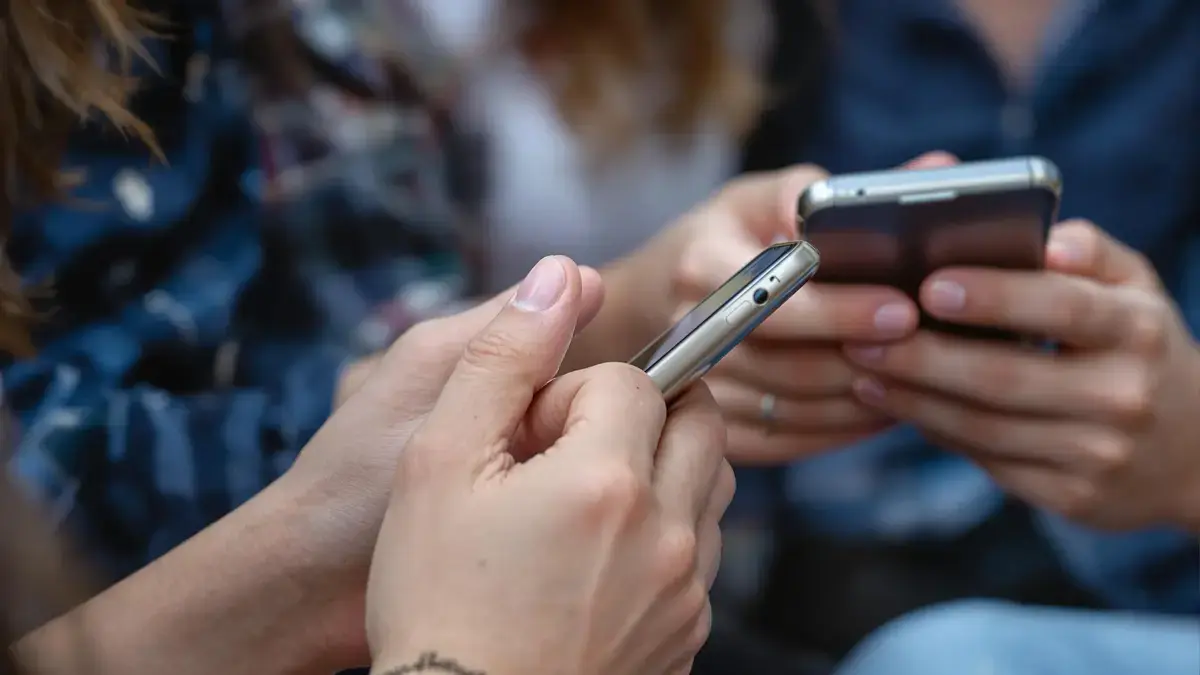An unprecedented human evolution is emerging under the influence of smartphones, which are responsible for notable physical changes in the human hand. A British survey reveals that 5% of Britons have a larger thumb, a phenomenon particularly marked among the young. In just a decade, the daily use of these devices, estimated at two hours per day, has led to a 15% increase in the volume of uneven thumbs and indentations in the little fingers.
Key Information
- The human hand is evolving under the influence of smartphones.
- A survey reveals that 5% of Britons have a larger thumb.
- Young people are particularly affected by these physical changes.
- A social isolation phenomenon is developing, affecting 40% of users.
Human evolution is underway
The transformation of the human species is a delicate phenomenon, but it is being closely observed in the context of modern technology use. Today, the impact of smartphones on our physiology is highly relevant and is beginning to express itself through visible physical mutations. Indeed, the use of this device has led to notable changes, particularly in the human hand, a fundamental tool for communication and interaction.
The smartphone is physically transforming the hand
Recent research shows that extensive smartphone use has altered the way we use our hands, especially our thumbs. A British survey reveals that 5% of Britons have developed a larger thumb, highlighting the physical effects of this daily interaction. Young people, in particular, appear to be the most affected by these anatomical changes.
The human hand evolves after a decade of smartphone use
Over the years, with an average daily usage of two hours per day on a smartphone, it has been revealed that thumbs have experienced a 15% increase in volume, especially among those whose thumbs are already uneven. This trend of physical transformation raises questions about our body’s adaptability to technologies that we integrate at such an early and continuous stage.
Development of indentations in little fingers linked to smartphone use
Another interesting phenomenon is the development of indentations in the little fingers, resulting from the regular grip of the smartphone. This illustrates how our bodies shape in response to prevalent habits and underscores the importance of reflecting on our interaction with digital devices.
Social impact of smartphones on individuals
Additionally, 30% of respondents believe their bodies have evolved due to smartphones. This perception is accompanied by an increasing phenomenon of social isolation, reported by 40% of users, who prefer to use their devices during social interactions rather than engage in face-to-face conversations. This dynamic leads to a significant shift in how we build and maintain our social relationships.
Sleep habits and smartphone dependence
Regarding sleep, 20% of users admit to falling asleep with their smartphones in hand, highlighting increased dependence. Moreover, 19% of respondents state they could not live without their phone, showing how indispensable this device has become in daily life. Additionally, it is noteworthy that 5% of people experience phantom vibrations, a sensation signaling a non-existent alert, emphasizing the psychological aspect of our interaction with technology.
Perception of technology and health
In a revealing study, 15% of participants even believe that using a smartphone could prolong their lives. This type of belief reflects an intriguing perception of the potential effects of technology on our well-being, while 30% of respondents use fitness apps, suggesting a desire to align their health with technology.
Transformation of habits
The transformation of habits caused by our interaction with smartphones is immediate and ongoing. It appears that the development of new practices influences not only our physical behavior but also our social structure and lifestyle. As human beings, we adapt to our environment, and in this context, we transform to meet the demands of our ever-increasing digital daily life.











